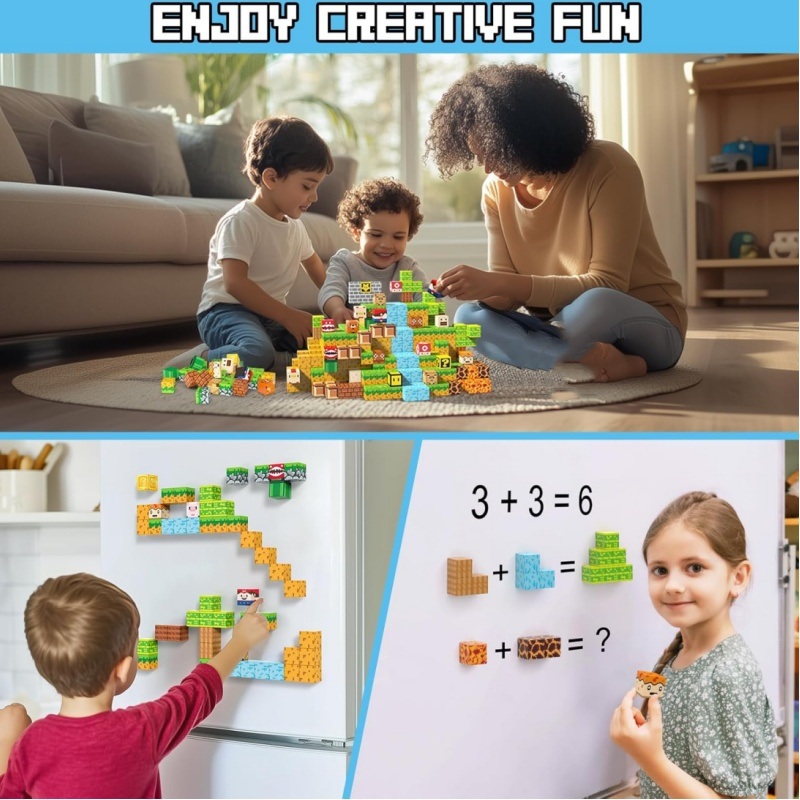 Hefei Super Electronics Co., Ltd.
Hefei Super Electronics Co., Ltd.
What Are You Looking For?
Magnets have been attracting people for centuries—but for kids, they’re more than just objects of curiosity. Magnetic attraction can be a gateway to understanding core principles of physics, and a wide range of custom magnetic toys are increasingly being used as powerful educational tools in the classroom and at home.
Understanding magnetism through play
When kids play with magnetic building blocks, buckyballs, magnetic ferrite putty, magnetic sticks and balls, or magnetic drawing boards, they’re not just building shapes—they’re interacting with invisible forces. These toys allow kids to explore key concepts like attraction and repulsion, magnetic poles, and forces at a distance in a hands-on way.
For example, when two magnets attract or repel each other, kids naturally start to ask “why?”—stimulating their curiosity, which leads to deeper scientific inquiry. This experiential learning aligns well with early physics education goals and helps make abstract concepts concrete.
Small Powerful Neodymium magnets
Many high quality magnetic toys use neodymium magnets, a material that has exceptional strength even at very small sizes. This means toys can be more compact, precise and responsive – making them particularly effective in educational settings. With comprehensive safety designs and certifications such as EN71, CE and MSDS, these toys are safe and secure for children to use, even under supervision.
Learning concepts from magnetism
Through simple activities such as connecting and separating magnetic parts, children can learn:
Teachers and parents can extend learning with fun challenges – build a magnetic tower, make a compass-like tool or test the strength of magnetism with stacking toys.

Turn fun into knowledge
In this age of screen-filled entertainment, magnetic toys offer a refreshing balance between tactile play and intellectual interaction. They develop spatial reasoning, logical thinking and early scientific thinking while children “play”.
For parents, educators and toy retailers, investing in magnetic educational toys is more than just a trend, it is a strategic step towards STEM-friendly learning. For suppliers of magnetic components such as neodymium magnets, this is an exciting market where science and creativity are truly closely linked.
Hi! Click one of our members below to chat on